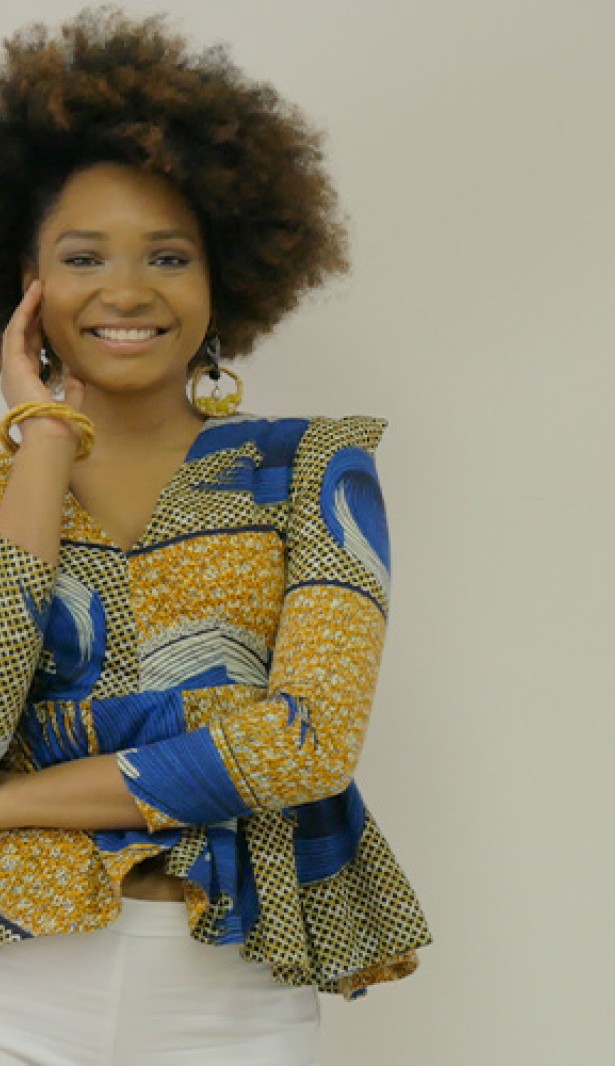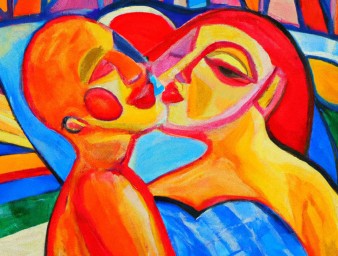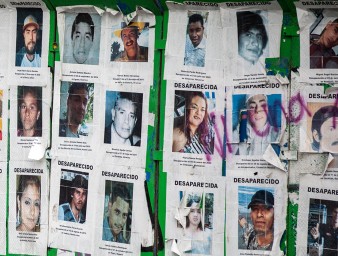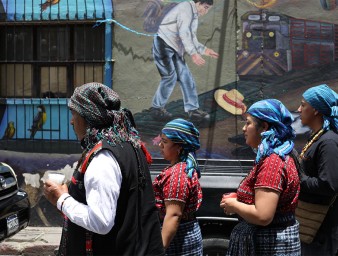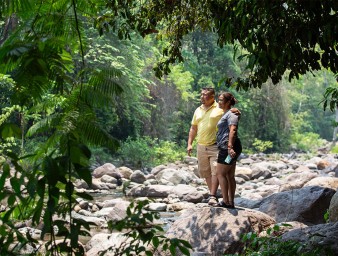People of African descent in Honduras: Advocating for justice and inspiring change
30 September 2021
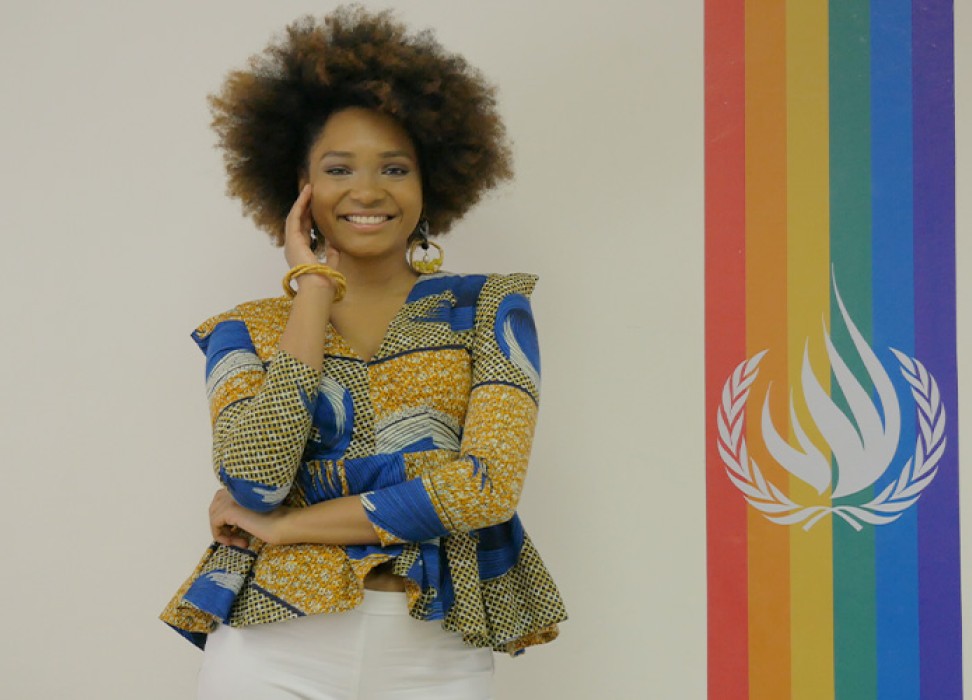
Massay Crisanto could no longer be silent. Crisanto is a 25-year-old human rights defender fighting for the rights of the Garífuna community in Honduras.
The Garífuna are descendants of African-Carib people from the Caribbean Island of St. Vincent and the Grenadines who continue to endure violence and discrimination by several actors, including some Honduran authorities, according to Crisanto.
The young activist is Garífuna and is also Mestiza, a person who has Spanish and Amerindian ancestry.
She is the Ambassador of Culture for the Garífuna Culture Centre of Honduras and a law student. She is also a model and a dancer for two dance companies, the Massai Caribbean Dances and Rhythms Company and the Garífuna National Folkloric Ballet of Honduras.
Crisanto recently partnered with UN Human Rights to provide her substantive insight on the plight of the Garífuna community in Honduras.
“Working with UN Human Rights is important because I can fight by raising my voice, but I can also change the system and look for ways to also be part of those decision-making process,” she said.
Finding her voice
Crisanto became a human rights activist because she saw human rights violations being committed against the Garífuna community. They are being subjected to land grabbing and attacks by several actors, including at times the Government and the failure of the Government to protect them from these violations, she said.
“I could no longer be silent,” she said.
It has also been one year since the disappearance of a group of Garífuna leaders from the community of Triunfo de la Cruz who were taken from their homes by the National Police of Honduras (DPI), she added.
“It is unfortunate to see what is happening with the Garífuna people and all the indigenous peoples in the country,” she said. “I am not willing to be silent anymore.”
Demanding justice
Crisanto said the biggest challenge facing the Garífuna community is demanding justice for the Garífuna whose rich culture has contributed so much to the country.
“They attack our culture, they kill people, they disappear. They terrorize the Garífuna community and children,” she said.
Violence and impunity are a constant challenge for the Garífuna, she explained.
“I really want to represent the Garífuna culture as I do and defend it and I am willing to raise my voice not only for me, not just for my family, but for the entire community,” she said.
Promoting tolerance
Crisanto’s activism is not just focused on helping her community. For the past seven years, she has been using her platform as a professional model to create positive images of Black women.
She said it’s time to change the way we talk about Afro hair, which is usually viewed in a negative light. Crisanto is using her platform to show that Afro hair is beautiful.
“I have now seen many Black models who use their hair with pride and who are willing to show the world that there is beauty here too,” she said. “So, the fact of being able to say I am here, I am beautiful, and I am a Garífuna woman. My skin tells a story.”
Crisanto also created a blog, Life as a Criolla by Massay, as a way of celebrating her culture. She hopes that by sharing her life as both Garifuna and Mestiza, it will offer clarity on what it is like to be from a diverse background.
“I share the story of the mix of two cultures and how all these colours and flavours identify us,” she said.
She’s extremely proud of her heritage that has given her a sense of empowerment.
“We are a people of struggle who are always on the battlefield,” she said. “And while there is life, we are going to take care of both our lives and the lives of the children who are growing up so that they continue to preserve this culture that is so beautiful.”
By collectively promoting tolerance and breaking down stereotypes it will inspire change, she added.
30 September 2021
This story is part of Human Rights Champions – a recurring series featuring portraits of human rights defenders or organizations that stand up for human rights.
Disclaimer: The views, information and opinions expressed in this article are those of the persons featured in the story and do not necessarily reflect the official policy or position of the Office of the UN High Commissioner for Human Rights.
